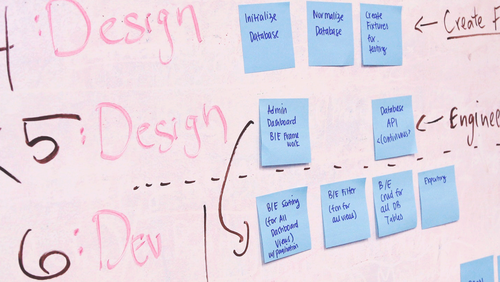Learning Style: |
Recorded webinar |
CPD hours: |
1 CPD hour |
Cost: |
|
Pile integrity testing is carried out to assess the shaft integrity of constructed piles on site. Piling is a ‘blind’ process and the visual inspection of the pile shaft after construction is rarely possible. Piles can be damaged or constructed with defects during the construction process and.it is important to ensure that piles are constructed as per the design intend.
For driven piles, the selection of insufficient pile driving parameters (e.g. pile penetration per blow) and equipment (e.g. hammer, helmet, cushions) can cause damage to the pile during the installation process.
The installation of bored piles can cause defects of the pile shaft, like soil inclusions or the reduction of the nominated shaft diameter (necking) which can considerable effect the structural and durability performance of the pile, if undetected.
Different methods can be used for such pile integrity assessments and the reliability and costs for the different methods can vary substantially, depending on pile types, sizes and the material of the pile shaft (e.g. steel, timber or concrete)
This recorded webinar will introduce the fundamental principles of the most common pile integrity testing methods including the associates risks and limitations of each method.
Learning outcomes
Delegates will gain an understating of:
- Fundamentals of the most common pile integrity testing methods, like low strain integrity testing (PIT), Cross Hole Sonic Logging and Thermal Integrity Profiling (TIP)
- Opportunities, risks and limitations of the different pile integrity testing methods described above
Intended audience
The intended audience includes geotechnical engineers, structural engineers, civil engineers, piling contractors, architects, builders, asset owners, Project, Commercial and Construction Managers of construction companies and developers.
Presenter information
Dr Martin Larisch is a Principal Geotechnical Engineer with Golder Associates. He has been involved in piling and ground engineering for more than 20 years, holding technical and operational positions for some of the leading geotechnical contracting firms in Europe, Australia and New Zealand.
Throughout his professional career he was involved in the design, construction and verification of a large number of different deep foundations for numerous infrastructure, building and marine projects of different scale and size across the Asia Pacific Region.
Martin is a CPEng with Engineering New Zealand and has published more than 30 technical papers for international journals and conferences. He has also been involved in the development of various good practice guidelines for piling works in New Zealand, Australia, Europe.




